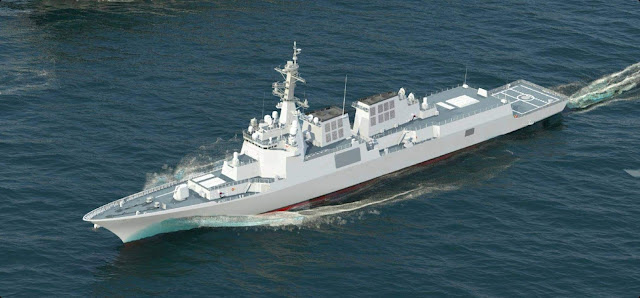 |
| The Ulsan-class frigate ROKS Jeju (FF-958). Photo c/o News1 Korea |
The Republic of Korea Navy (ROKN) has decommissioned several of its warships just before the end of the year.
The decommissioned ships are composed of two Ulsan-class frigates, two Pohang-class corvettes, and four Chamsuri-class patrol boats, all of which were retired from service on 30 December 2022 at the ROKN's Changwon Naval Base.
The ships that were decommissioned include the Ulsan-class frigates ROKS Jeonnam (FF-957) and ROKS Jeju (FF-958); the Pohang-class corvettes ROKS Sokcho (PCC-778) and ROKS Yeongju (PCC-779), and the Chamsuri-class patrol boats with hull numbers 321, 322, 323, and 325.
All ships were built indigenously by South Korea in the 1980s and early 1990s, and are being replaced with new ships as the ROKN continues to embark on a modernization drive to increase combat capabilities in line with the country's defense policies.
The Ulsan-class and Pohang-class ships are being replaced by the Incheon-class and Daegu-class frigates, while the Chamsuri-class patrol boats are being replaced by the Gumdoksuri-class patrol vessels.
The ROKS Jeonnam (FF-957) took part in the first Battle of Yeonpyeong on 15 June 1999 against the Korean People's Navy (North Korean Navy) off the island of Yeonpyeong.
Meanwhile the Chamsuri-class patrol boat 325 also took part in the first Battle of Yeonpyeong, and also taking part in the Battle of Daecheong on 10 November 2009, a skirmish against the Korean People's Navy off the island of Daecheong.
The final disposition of these ships are still unclear, although they will be held in reserve and used as training ships.
The Pohang-class corvettes are believed to be of interest to certain navies that already operate the type, including Colombia, Peru, the Philippines and Vietnam.
[1] Naver News
[2] News 1 Korea






















